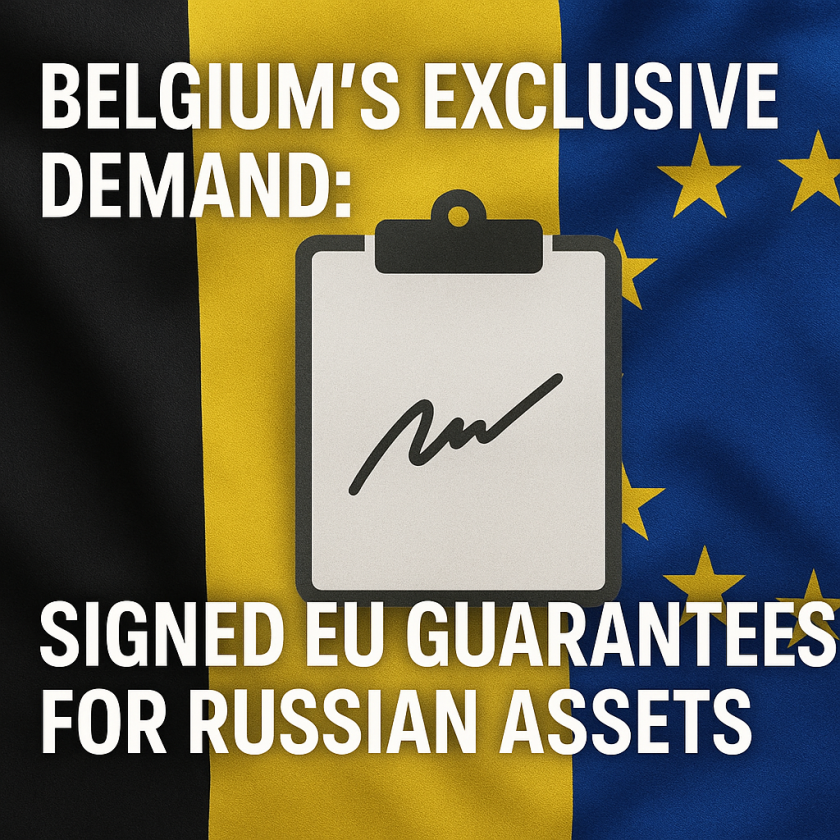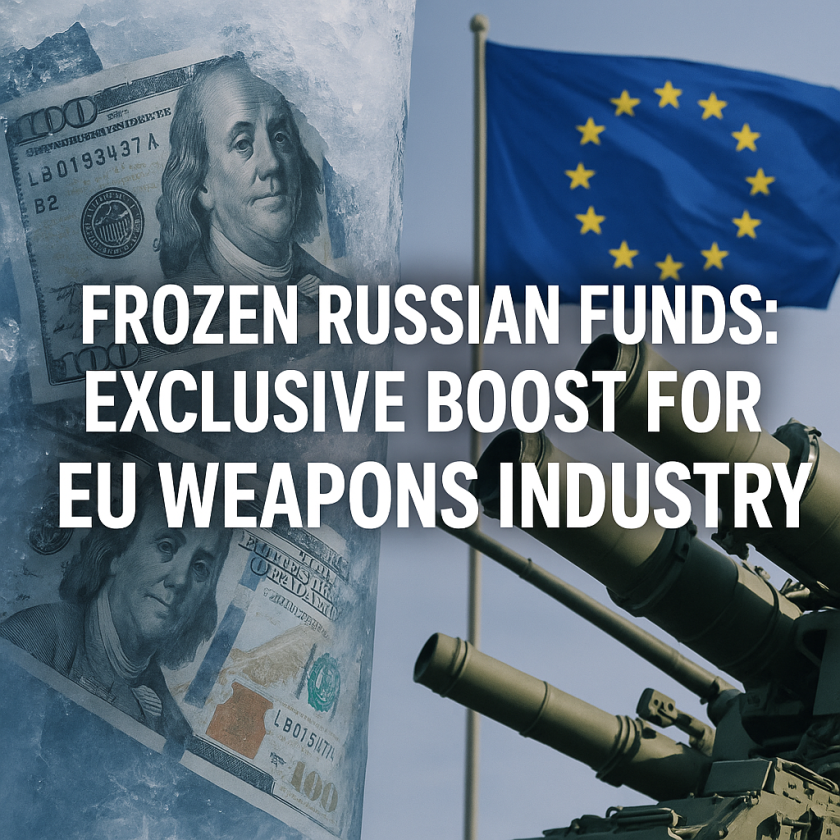Trump Signals Return of Tariffs in Absence of Trade Agreements
Trump Signals Return of Tariffs in Absence of Trade Agreements
Introduction
Former President Donald Trump has indicated a potential shift back to tariffs as a key economic strategy if trade agreements are not reached. This move could have significant implications for international trade dynamics and the global economy.
Key Points
- Tariff Strategy: Trump suggests reinstating tariffs as a tool to pressure countries into negotiating favorable trade deals with the United States.
- Economic Impact: The reintroduction of tariffs could affect global supply chains, potentially leading to increased costs for businesses and consumers.
- Political Implications: This stance may resonate with Trump’s base, who view tariffs as a means to protect American jobs and industries.
- Global Reactions: Other countries may respond with their own tariffs or seek alternative trade partnerships, potentially leading to trade tensions.
Potential Outcomes
The reimplementation of tariffs could lead to a range of outcomes, including:
- Trade Negotiations: Countries may be incentivized to enter into new trade agreements to avoid tariffs.
- Market Volatility: Financial markets could experience fluctuations as businesses and investors react to changes in trade policies.
- Domestic Industry Support: Certain U.S. industries might benefit from reduced foreign competition.
Conclusion
Trump’s indication of a return to tariffs underscores a potential shift in U.S. trade policy, emphasizing the importance of securing trade agreements. While this approach may bolster domestic industries, it also risks escalating trade tensions and impacting global economic stability. The coming months will reveal how these strategies unfold and their broader implications.


































